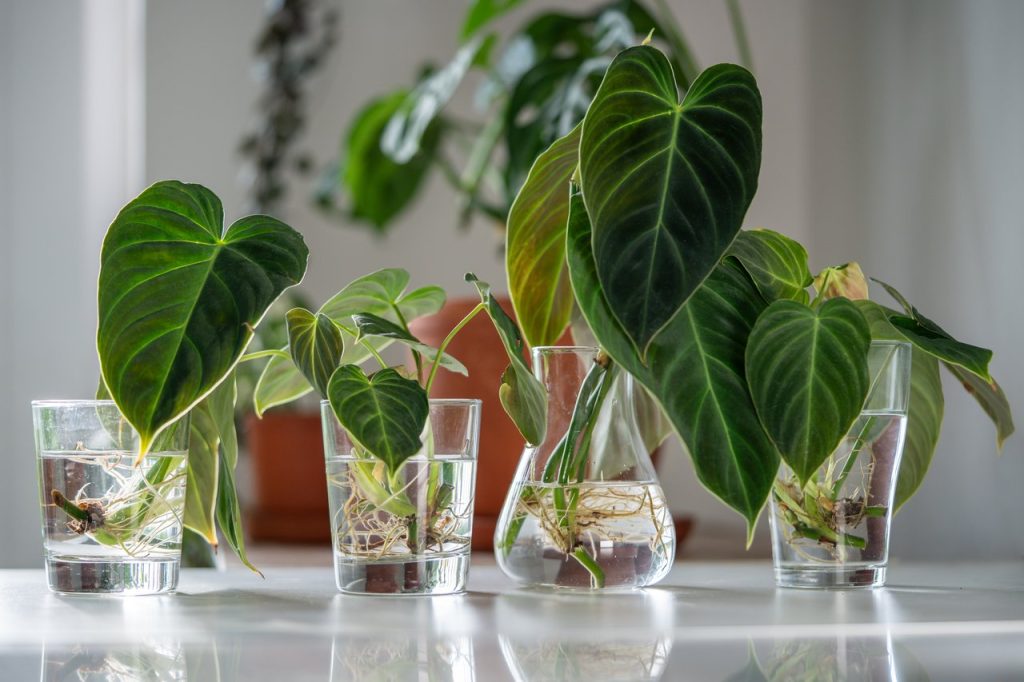Hybrid vigour, also known as heterosis, is a phenomenon where the offspring of two genetically distinct parent plants exhibit superior qualities compared to their parents. These improvements can include faster growth, greater resistance to disease, increased fertility, and enhanced aesthetic characteristics. In the world of horticulture and plant breeding, hybrid vigour is especially prized for producing more resilient and visually striking plants. One of the most interesting examples of hybrid vigour in action can be found in the Philodendron genus—a group of tropical plants popular for their attractive foliage and adaptability to indoor environments.

The Philodendron genus, part of the Araceae family, comprises hundreds of species native primarily to Central and South America. These plants are known for their lush, often heart-shaped or lobed leaves, climbing or self-heading growth habits, and their relatively easy care. Over the years, horticulturists and hobbyists have created numerous hybrids, crossing different Philodendron species to combine traits like leaf shape, color, and growth habit. In many cases, these hybrids demonstrate notable hybrid vigour, outgrowing or outperforming their parent species in several key areas.
A prominent example of hybrid vigour can be seen in Philodendron ‘Splendid’, a hybrid between Philodendron verrucosum and Philodendron melanochrysum. This hybrid produces large, velvety leaves with deep green colouration, while exhibiting stronger growth and greater resilience than the notoriously pest-prone verrucosum. Thanks to hybrid vigour, ‘Splendid’ maintains the elegance of its parentage while being more tolerant of variable humidity and less susceptible to spider mite infestation—two common issues with its more delicate parent species.
Philodendron ‘Majestic’ is another standout example of hybrid vigour, resulting from the cross between Philodendron sodiroi and (once again) Philodendron verrucosum. This hybrid is prized for its large, heart-shaped leaves that display stunning silver mottling over deep green, velvety foliage—a clear inheritance from both parents. Similarly to philodendron splendid, the downsides of the notoriously finicky verrucosum and slow-growing sodiroi are negated thanks to hybrid vigour, which results in a plant that retains the visual appeal of its parentage while showing improved growth rate and resistance to common pests and diseases.
Similarly, Philodendron ‘Glorious’—a hybrid of Philodendron gloriosum and Philodendron melanochrysum—benefits significantly from hybrid vigour. While both parent species are known for their beauty, they can be slow growers and somewhat demanding. ‘Glorious’, by contrast, tends to grow much more quickly and achieve leaves larger than both of its parents are capable of producing.

Hybrid vigour in Philodendrons doesn’t just manifest in growth speed, or size, or resilience to pests. You’ll sometimes see hybrid plants that have much better tolerance of lower light conditions, and greater adaptability to varied humidity and temperature levels. This makes them particularly appealing to indoor plant enthusiasts who can’t always achieve ideal conditions inside their homes. (And even if we could achieve those conditions, who wants to live in constant 28° and 90% humidity? )
Finally, we haven’t touched on the best aspect of hybrid philodendrons: As interest in rare aroids grow, hybridisation allows us to keep pumping out beautiful and exciting new plants from a finite number of philodendron species.
